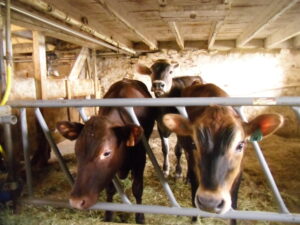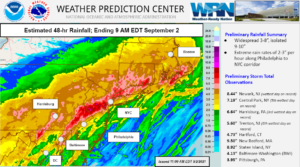At the request of the NJAES Board of Managers, RCE authored a guidance directory of practicing NJ veterinarians that provide care for food and fiber animals. The series was recently published as a bulletin and two accompanying fact sheets on the NJAES website at https://njaes.rutgers.edu/pubs/.
The list of large animal and poultry veterinarian practices can be found in the bulletin ‘What kind of Veterinarian do I need? How do I find one?. The accompanying state and federal resource fact sheets are excellent resource documents for producer business plan development.
Current and Future NJ Livestock & Poultry Producers. Please note, there is currently a shortage of practicing livestock and poultry veterinarians in NJ that has only been exasperated by the Pandemic. With an estimated state inventory (Eklund, 2017) of 25,000 head of cattle and calves; 17,791 sheep and lambs, 7,500 swine, 1.6 million laying hens, 25,000 broilers, 15,000 turkeys, 16,000 chukars, 29,000 Hungarian partridge, 105,00 pheasants, and 18,000 quail there is a great need to recruit veterinarians.
– Data from National Agriculture Statistical Service. NJ. Census of Agriculture, New Jersey, 2017
– Author’s note: “Many thanks to the veterinarians in private, state and federal practice who provided input for this resource publication”. – Melissa Bravo, Salem County ANR Agent, September 18th, 2021.
 nd Poultry Veterinary Care Services Series, Part II: Federal Resources
nd Poultry Veterinary Care Services Series, Part II: Federal Resources
